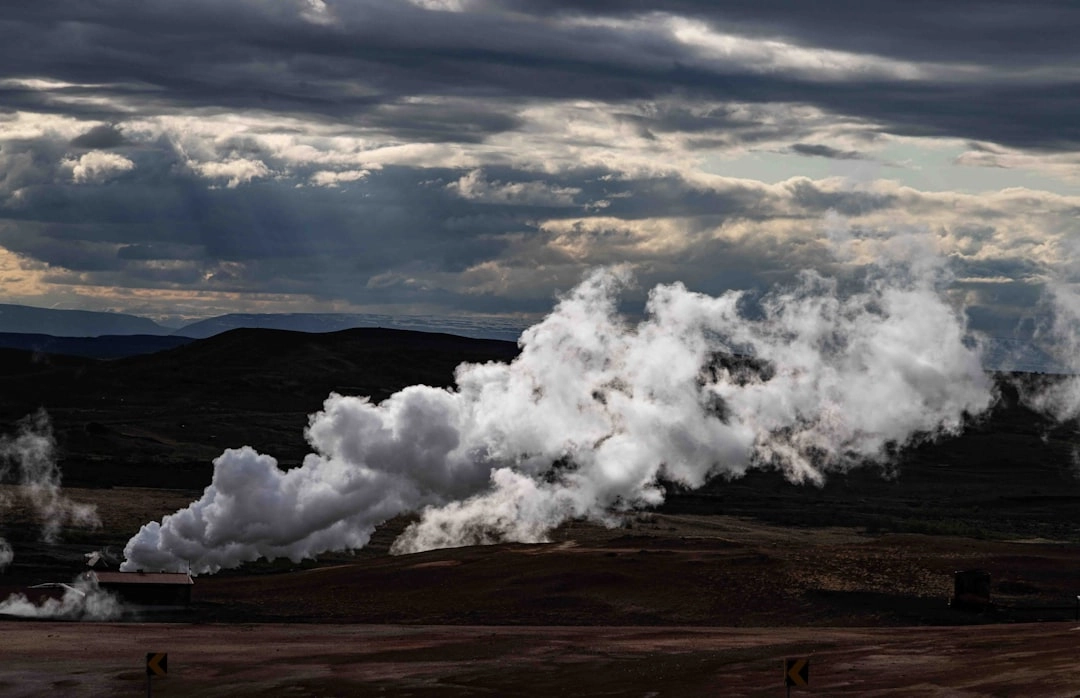
What is Sustainable Techniques in Wineries?
Sustainable techniques in wineries refer to the adoption of practices that minimize negative environmental impacts while maintaining the quality of wine production. These techniques involve the integration of eco-friendly methods and technologies into every aspect of winemaking, from vineyard management to production processes and waste management.
Real-World Problems Associated with Sustainable Techniques in Wineries
1. Cost Implications
Implementing sustainable techniques in wineries can often come with initial upfront costs. Investments may be needed to upgrade equipment, implement renewable energy systems, or introduce organic farming practices. For smaller wineries with limited resources, the financial burden may act as a barrier to adopting sustainable practices.
2. Limited Awareness and Education
A lack of awareness and education among winemakers and vineyard owners can hinder the widespread adoption of sustainable techniques. Many may not be aware of the potential benefits of sustainable practices or the available resources and support networks that can assist in implementing these techniques. Bridging the knowledge gap through educational programs and industry collaboration is vital to promote sustainable wine production.
3. Climate Change Challenges
Wineries are highly susceptible to the impacts of climate change, such as extreme weather events, variable rainfall patterns, and shifting temperature regimes. These changes pose challenges to the sustainability of grape cultivation and wine production. Sustainable techniques need to be adaptable to these climate change challenges, ensuring the resilience and viability of wineries in the face of a changing climate.
4. Water Management
Water scarcity and the need for efficient water management are significant concerns in wineries. Many winemaking regions face water stress, making it crucial for wineries to adopt sustainable water practices. Effective water management techniques, such as drip irrigation systems and rainwater harvesting, can help minimize water usage and protect local water sources.
5. Waste Management and Energy Consumption
The winemaking process generates various waste streams, including grape pomace, wastewater, and packaging materials. Proper waste management practices, such as composting, recycling, and reusing, are necessary to reduce environmental impacts. Additionally, wineries consume significant amounts of energy, primarily for refrigeration and heating. Implementing energy conservation measures and exploring renewable energy sources can help reduce the carbon footprint of wineries.
Conclusion
Sustainable techniques in wineries offer a promising path towards environmental stewardship. Despite the challenges and initial costs involved, the adoption of these practices can lead to reduced environmental impacts, improved resource efficiency, and long-term sustainability in the wine industry. By raising awareness, providing education, and addressing the real-world problems associated with it, wineries can become essential players in protecting and preserving the environment.

Solutions for Sustainable Techniques in Wineries
1. Financing Assistance
To overcome the cost implications of implementing sustainable techniques, wineries can explore financing options specific to sustainability projects. This can include grants, loans, and incentive programs offered by government agencies or organizations focused on supporting sustainable practices in the wine industry.
2. Education and Training
Increasing awareness and providing education about sustainable techniques in wineries is crucial. Industry associations, universities, and research institutions can collaborate to develop training programs and workshops that disseminate knowledge and best practices in sustainable winemaking.
3. Adaptation and Resilience
As wineries face the challenges posed by climate change, it is essential to prioritize adaptation and resilience. This can be achieved by adopting climate-smart agricultural practices, implementing water-efficient irrigation systems, and exploring drought-resistant grape varieties.
4. Water Management Strategies
Implementing sustainable water management strategies can help wineries reduce their water footprint and maintain water security. These may include investing in water-efficient technologies, incorporating rainwater harvesting systems, and promoting responsible water usage throughout the winemaking process.
5. Circular Economy and Energy Efficiency
Embracing circular economy principles can enable wineries to minimize waste and maximize resource efficiency. Implementing effective waste management practices, such as recycling and composting, can help reduce environmental impacts. Wineries can also focus on energy efficiency by retrofitting facilities, optimizing equipment usage, and adopting renewable energy sources, such as solar or wind power.
Conclusion
By implementing these solutions, wineries can overcome the real-world problems associated with adopting sustainable techniques. With financial support, education, adaptation strategies, efficient water management, and a focus on circular economy and energy efficiency, wineries can contribute to environmental stewardship and promote a sustainable future for the wine industry.















